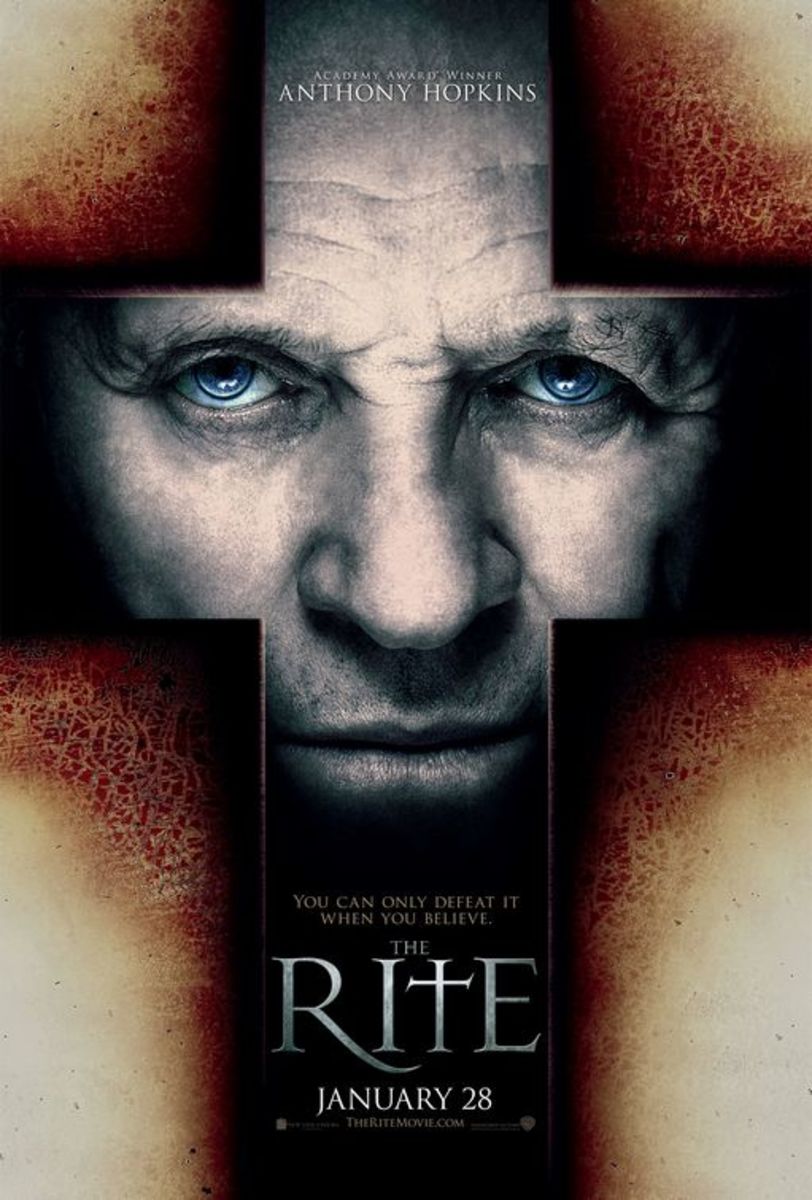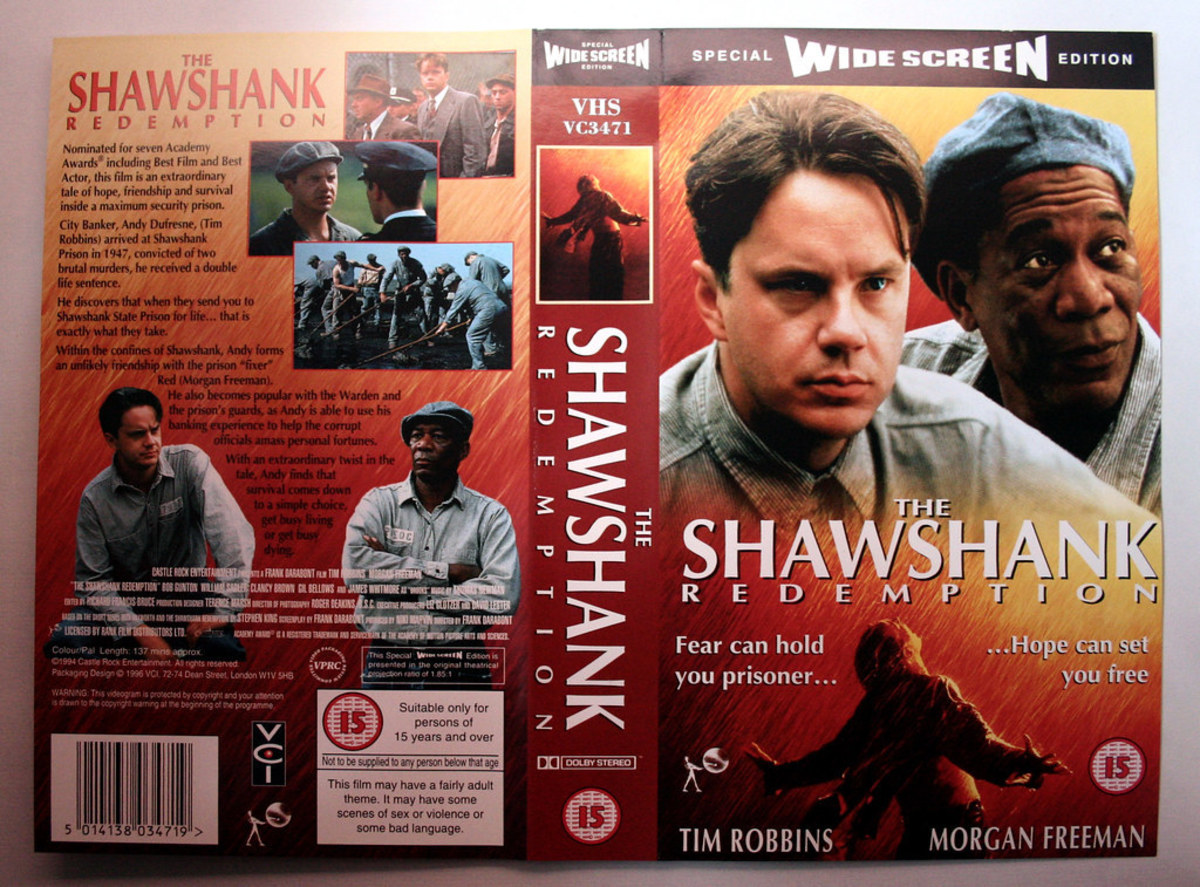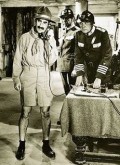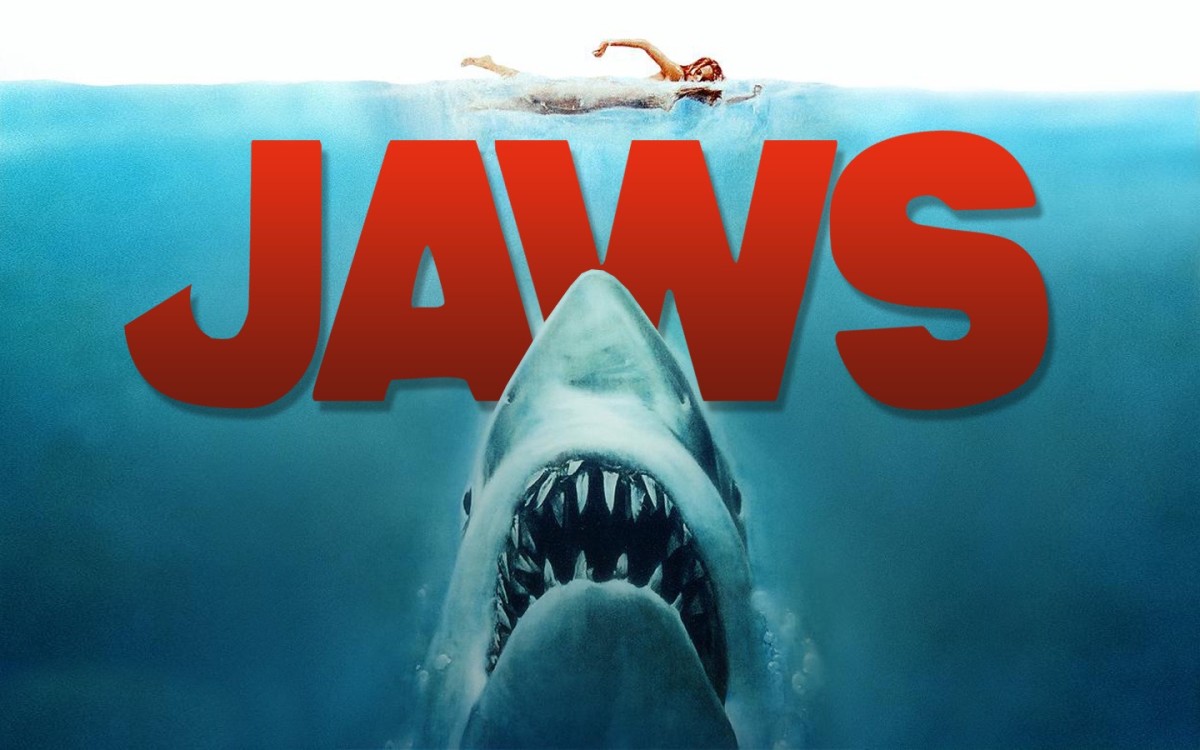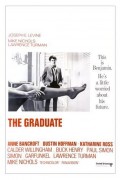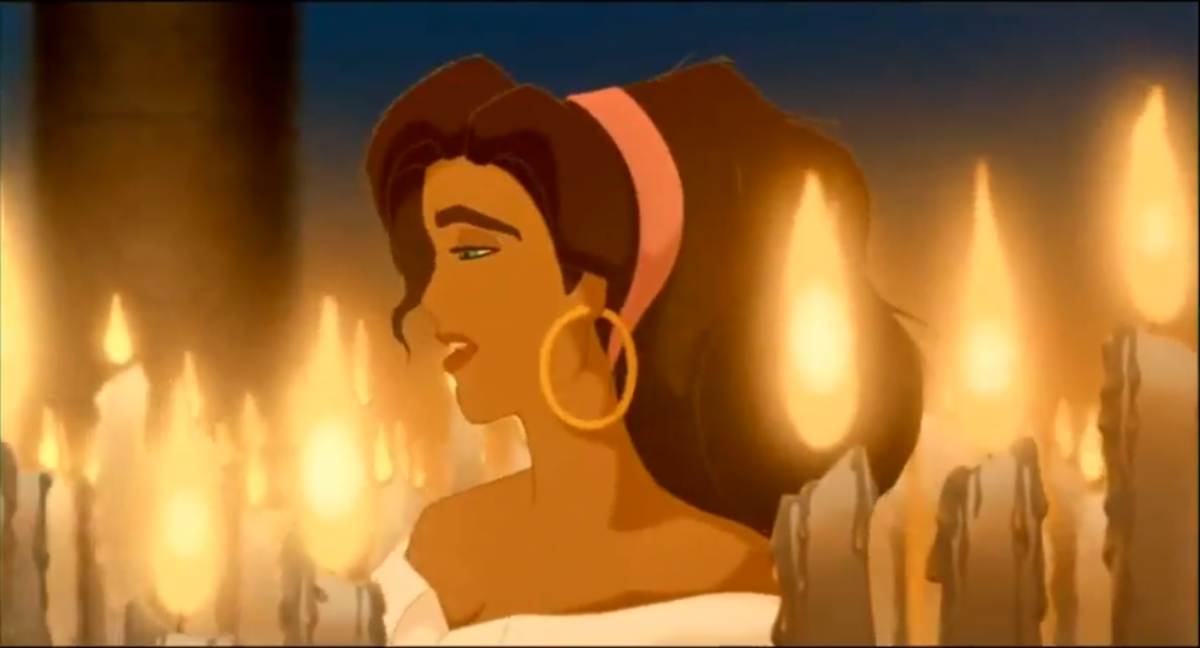Citizen Kane, Movie Masterpiece
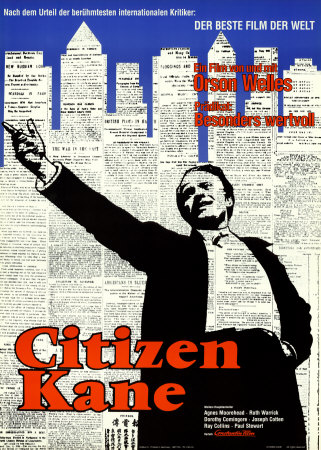
Cinema Genius
Orson Welles' "Citizen Kane" is widely considered to be the greatest film to ever come out of Hollywood.
Made in 1941, this classic masterpiece is probably the world's most famous and highly-rated film, with many remarkable scenes and performances and innovative cinematic and narrative techniques. Its director, star, and producer were all the same remarkable genius - Orson Welles - who, incredibly, was making his film debut at the age of 25.
In 2007 the American Film Institute placed it at number-one in its list of the 100 greatest U.S. movies of all time. In a recent poll of film directors conducted by the British Film Institute, Citizen Kane was ranked the number one best film of all time.
Basic Storyline
Citizen Kane begins with Charles Foster Kane's (Orson Welles) death and his dying word "Rosebud". He was a one-time newspaper magnate. The paper he owned, the New York Inquirer, is desperate to unearth the meaning of his cryptic last word. Jerry Thompson (William Alland), will dig into Kane´s life to find out. He interviews Kane's acquaintances and researches his life. The story is told through the flashbacks of the interviewees
We learn about Kane's rise to riches, his battles with his guardian, Walter Thatcher (George Coulouris) and his friendship with and alienation from Jedediah Leland (Joseph Cotton). He marries a president's niece and eventually moves into the political arena, but his bid for the governor's office crashes when his rival exposes Kane's affair with Susan Alexander (Dorothy Comingore). Kane divorces his first wife, marries Susan and builds an opera house for her. Eventually, his business colossus crumbles around him, his second wife leaves him, his friends and hangers-on desert him until he dies in his fabulous palace Xanadu.
The Original Trailer
Cast List
Many of the performers from Orson Welles' own Mercury Theatre group made their screen debuts in the film, among them Joseph Cotten (Kane's oldest and best friend, and his newspaper's drama critic), Dorothy Comingore (Kane's second wife), Ruth Warrick (Kane's first wife), Ray Collins (Kane's political opponent), Agnes Moorehead (Kane's mother), Everett Sloane (Kane's devoted and loyal employee and business manager), Erskine Sanford (the newspaper's editor-in-chief), Paul Stewart (Kane's butler), George Couloris (Kane's legal guardian and bank manager), and William Alland (the chief investigative reporter).

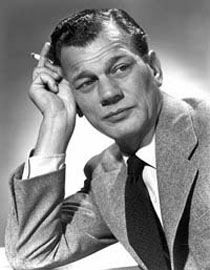
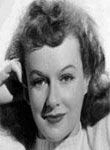
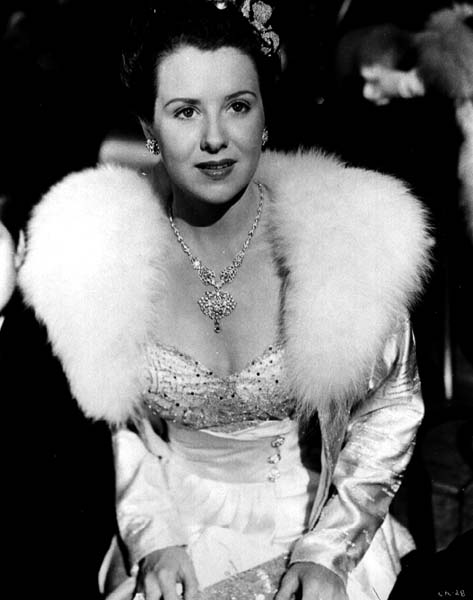
Joseph Cotten.... Jedediah Leland/Newsreel Reporter
Dorothy Comingore.... Susan Alexander
Agnes Moorehead.... Mrs. Kane
Ruth Warrick.... Emily Norton
Ray Collins.... Boss Jim Gettys
Erskine Sanford.... Herbert Carter/Newsreel Reporter
Everett Sloane.... Bernstein
William Alland.... Jerry Thompson/"News on the March" Narrator
Paul Stewart.... Raymond
George Coulouris.... Walter P. Thatcher
Fortunio Bonanova.... Matiste
Gus Schilling.... Headwaiter
Philip Van Zandt.... Rawlston
Katherine Trosper.... Reporter
Georgia Backus.... Bertha
'Rosebud'
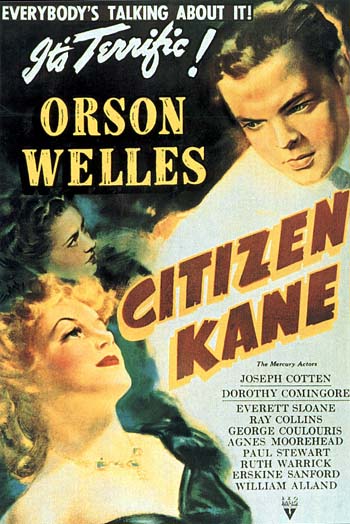
History
The film, budgeted at $800,000, received unanimous critical praise even at the time of its release, although it was not a commercial success (partly due to its limited distribution and delayed release by RKO due to pressure exerted by famous publisher W.R. Hearst) - until it was re-released after World War II, found well-deserved (but delayed) recognition in Europe, and then played on television.
The film engendered controversy (and efforts at suppression in early 1941 through intimidation, blackmail, newspaper smears, discrediting and FBI investigations) before it premiered in New York City on May 1, 1941, because it appeared to fictionalize and caricaturize certain events and individuals in the life of William Randolph Hearst - a powerful newspaper magnate and publisher. The film was accused of drawing remarkable, unflattering, and uncomplimentary parallels (especially in regards to the Susan Alexander Kane character) to real-life.
The gossip columnist Louella Parsons persuaded her newspaper boss Hearst that he was being slandered by RKO and Orson Welles' film when it was first previewed, so the Hearst-owned newspapers (and other media outlets) pressured theatres to boycott the film and also threatened libel lawsuits. Hearst also ordered his publications to completely ignore the film, and not accept advertising for other RKO projects. However, the title character Charles Foster Kane is mostly a composite of any number of powerful, colorful, and influential American individualists and financial barons in the early 20th century (e.g., Time Magazine's founder and mogul Henry Luce, Chicago newspaper head Harold McCormick, and other magnates of the time). By contrast, the real-life Hearst was born into wealth, whereas Kane was of humble birth - the son of poor boarding-house proprietors. And Kane also was separated from both his mother and his mistress, unlike Hearst.
Welles' film was the recipient of nine Oscar nominations with only one win - Best Original Screenplay (Mankiewicz and Welles). The other eight nominations included Best Picture (Orson Welles, producer), Best Actor and Best Director (Welles), Best B/W Cinematography (Toland), Best Art Direction (Perry Ferguson and Van Nest Polglase), Best Sound Recording (John Aalberg), Best Dramatic Picture Score (Bernard Herrmann with his first brilliant musical score), and Best Film Editing (Robert Wise). With his four Academy Awards nominations, Welles became the first individual to receive simultaneous nominations in those four categories. The less-lauded John Ford picture How Green Was My Valley (1941) won the Best Picture honor.
Innovation
The kid who had never made a movie was able to ignore the rules, and in so doing, he remade movies and re-invented cinematic technique.
This innovative, bold film is an acknowledged milestone in the development of cinematic methodology. It uses film as an art form to energetically communicate and display a non-static view of life. Its components brought together the following aspects:
- use of a subjective camera
- unconventional lighting, including chiaroscuro, prefiguring the darkness and low-key lighting of future film noirs
- inventive use of shadows, following in the tradition of German Expressionists
- deep-focus shots with incredible depth-of field and focus from extreme foreground to extreme background (also found in Toland's earlier work in Dead End (1937), John Ford's The Long Voyage Home (1940), and Hitchcock's Rebecca (1940)) that emphasize mise-en-scene
- low-angled shots revealing ceilings in sets (a technique possibly borrowed from John Ford's Stagecoach (1939) which Welles screened numerous times)
- sparse use of revealing facial close-ups
- elaborate camera movements
- over-lapping, talk-over dialogue (exhibited earlier in Howard Hawks' His Girl Friday (1940)) and layered sound
- a cast of characters that ages throughout the film
- flashbacks and non-linear story-telling (used in earlier films, including another rags-to-riches tale starring Spencer Tracy titled The Power and the Glory (1933) with a screenplay by Preston Sturges, and RKO's A Man to Remember (1938) from director Garson Kanin and screenwriter Dalton Trumbo)
- the frequent use of transitionary dissolves or wipes
- long, uninterrupted shots or lengthy takes of sequences
Its complex and pessimistic theme of a spiritually-failed man is told from several, unreliable perspectives and points-of-view (also metaphorically communicated by the jigsaw puzzle) by several different characters (the associates and friends of the deceased) - providing a sometimes contradictory, non-sequential, and enigmatic portrait. The film tells the thought-provoking, tragic epic story of a 'rags-to-riches' child who inherited a fortune, was taken away from his humble surroundings and his father and mother, was raised by a banker, and became a fabulously wealthy, arrogant, and energetic newspaperman. He made his reputation as the generous, idealistic champion of the underprivileged, and set his egotistical mind on a political career, until those political dreams were shattered after the revelation of an ill-advised 'love-nest' affair with a singer. Kane's life was corrupted and ultimately self-destructed by a lust to fulfill the American dream of success, fame, wealth, power and immortality. After two failed marriages and a transformation into a sad, grotesque, and tyrannical monster, his final days were spent alone, morose, and unhappy before his death in a reclusive refuge of his own making - an ominous castle filled with innumerable possessions to compensate for his life's emptiness.
The discovery and revelation of the mystery of the life of the multi-millionaire publishing tycoon is determined through a reporter's search for the meaning of his single, cryptic dying word: "Rosebud" - in part, the film's plot enabling device - or McGuffin (MacGuffin). However, no-one was present to hear him utter the elusive last word. The reporter looks for clues to the word's identity by researching the newspaper publisher's life, through interviews with several of Kane's former friends and colleagues. Was it a favorite pet or nickname of a lost love? Or the name of a racehorse? At film's end, the identity of "Rosebud" is revealed, but only to the film audience.
Welles Interview About Kane
Message
The film is a multi-layered work of art. Its surface contains as much fun and interest as any movie ever made. Its depths surpass understanding. It has been analysed a shot at a time and whilst its physical manifestation can be clearly seen, the more stirring and mysterious become its depths.
Kane is as stunning and sophisticated as any movie ever made, and it crackles and whizzes along at a pace that can even keep the MTV generation riveted to the screen.
Finally, there is the word, an utterance full of yearning for an innocent past and evocative of a remembered paradise that might have saved Kane if he had been faithful to its purity. The word is a beloved name engraved on a toy, a sled lost in the snows of time: It is the unforgettable "Rosebud."
Your One-Stop Classic Hollywood Site

Classic Hollywood Movies and Stars
- Click for Classic Hollywood's Golden Age
For all you need to know about the glamour, the style, the sex-appeal and the sheer razamatazz of an era which produced some great films, some great directors and some of the greatest stars ever to walk this earth.
Trivia
Release date: May 1, 1941
The movie was almost entirely shot in a studio. Some shots of Xanadu were made in New York.
Oscar: Best Writing, Original Screenplay -> Herman J. Mankiewicz, Orson Welles
Oscar nominations:
Best Actor
Best Cinematography
Best Director
Best Music
Best Picture
Best Art Direction-Interior Decoration
Best Film Editing
Best Sound Recording
Louella Parsons, a gossip journalist, working for Hearst threatened to publish exposes on the private lives of every one of the RKO board of directors if Citizen Kane was exhibited.Source / More (Book)
Kane bought Susan an opera house, William Hearst bought a film studio to promote Marion Davies' (his wife) stardom.
Not only the RKO studio was afraid of the Hearst retaliation. Several other major studio's pooled together the total cost of the picture ($842,000?) in the hopes of getting the film away from Welles and into the nearest incinerator.Source / More (Book)
The original nitrate negatives are gone.
Welles privately watched Stagecoach (1939) about 40 times while making this film.
Despite all the publicity, the film was a box office flop and was quickly consigned to the RKO vaults.Source / More (Book)
Orson Welles: "I started at the top [with this movie] and worked my way down"



